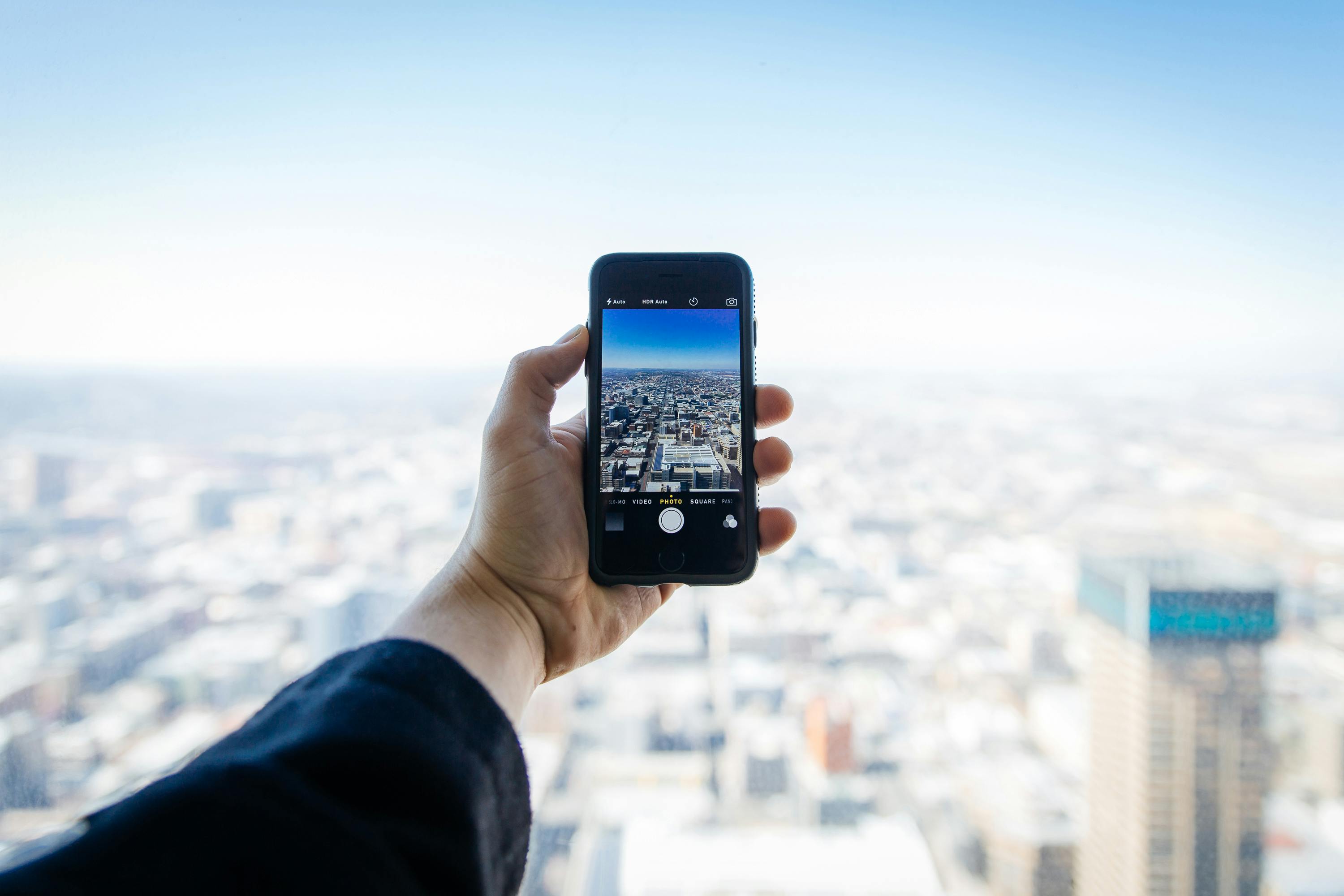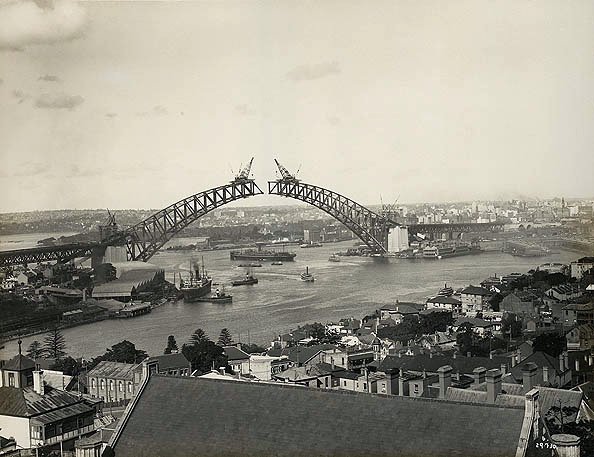I’m a big fan of the Powerhouse Museum.
In a world in which everyone loves to bang on about emerging technology, relatively few ever do anything about it. The PhM, however, has the guts to give it a go.
So I was excited to stumble upon their augmented reality app for Apple and Android. I love history, I love augmented reality, and I own an iPhone – so a combination of all three proved irresistible.
Unfortunately, though, I was a little bit disappointed.
Here’s why…

1. The title is meh.
Exciting initiatives should have a catchy yet self-evident title to attract users like bears to a honey pot. However, Augmented Reality browsing of Powerhouse Museum around Sydney is boring and clunky.
I’d prefer something like Pocket Time Machine: An augmented reality tour of Old Sydney. A bit cheesy, I know, but a lot more interesting.
2. The app focuses on south CBD and the inner west.
As the first European settlement on the continent – with a rich indigenous history – Sydney is teeming with sites of historical significance. However the app conspicuously misses the most obvious ones (eg Sydney Harbour Bridge, Sydney Opera House and the AMP Building).
Of course you have to start somewhere and the PhM website does promise a new version, but it refers to contemporary photography and gamification. I’d rather they expand their range into The Rocks and Circular Quay.

3. The app barely augments reality.
Since the app is built on the Layar platform, it connects to Google Maps. Select the “i” icon at the relevant location and a photo pops up from the museum’s collection showing you what it looked like 100 years ago. This functionality is excellent, and frankly it could stand alone.
The augmented reality component comprises those floating “i” icons, which you’re supposed to select as you hold your device in front of you. Plainly speaking, they’re annoying:
- There are too many of them – which is confusing.
- They are difficult to select – which is frustrating.
- They have a tendency to get in the way – which defeats the purpose!
In short, the augmented reality component is redundant.

All is not lost
Of course, there is an alternative to abandoning augmented reality.
I suggest PhM follows the lead of the Museum of London and leverages the technology more fully. How? By laying the old photos over the real background.
This is what edtech is all about: transforming the educational experience.
Put a map on a smartphone? A crumpled tourist map is just as good; Plug in some photos? Nice touch, but those can be printed too; Lay century-old photos over the modern world in real time? Now that’s novel.
Even better, why not complement the visual with narration to provide a richer multimedia experience?
Who dares wins
As you would have gathered earlier, it is not my intention to pick on PhM. On the contrary, I salute them for having a red-hot go at something new.
Having taken the first step, they have earned the right to sit back and evaluate their app, with a view to making it even better the next time around.

Hi Ryan
I’m glad you chanced upon on early Layar experiment! Wow!
That was done way back in 2009 when Rob Manson & Alex Young got in touch to get our geocoded image dataset of the time to use in Layar .
That was before Museum of London did their AR campaign which tied into the launch of their new galleries. The MoL Streetmuseum looks really good although there are a number of well documented issues with the user experience of that too (lining up the images to be as seamless as the screen grabs is way harder than it should be!).
We actually hosted a AR Dev Camp in June at the museum at which people built their own things using Layar and Rob & Alex’s easy-to-use AR making tool BuildAR.
Picking up on some of your other points, we’ve released a number of walking tour apps – one of The Rocks which starts at Sydney Observatory and the other which covers the areas around the Powerhouse. You can get those here – http://www.powerhousemuseum.com/walkingtours/.
There’s some discussion about making those and the decisions made around free vs in-app purchase etc here on my blog.
Finally, if you are visiting the Powerhouse any time soon we’d love your feedback on the latest App we’ve been building which ties into our contemporary art exhibition Love Lace.
Anyway, thanks again for the feedback. We really love coming across unprompted user stories and suggestions like yours!
Seb Chan
Head of Digital, Social & Emerging Technologies
Powerhouse Museum